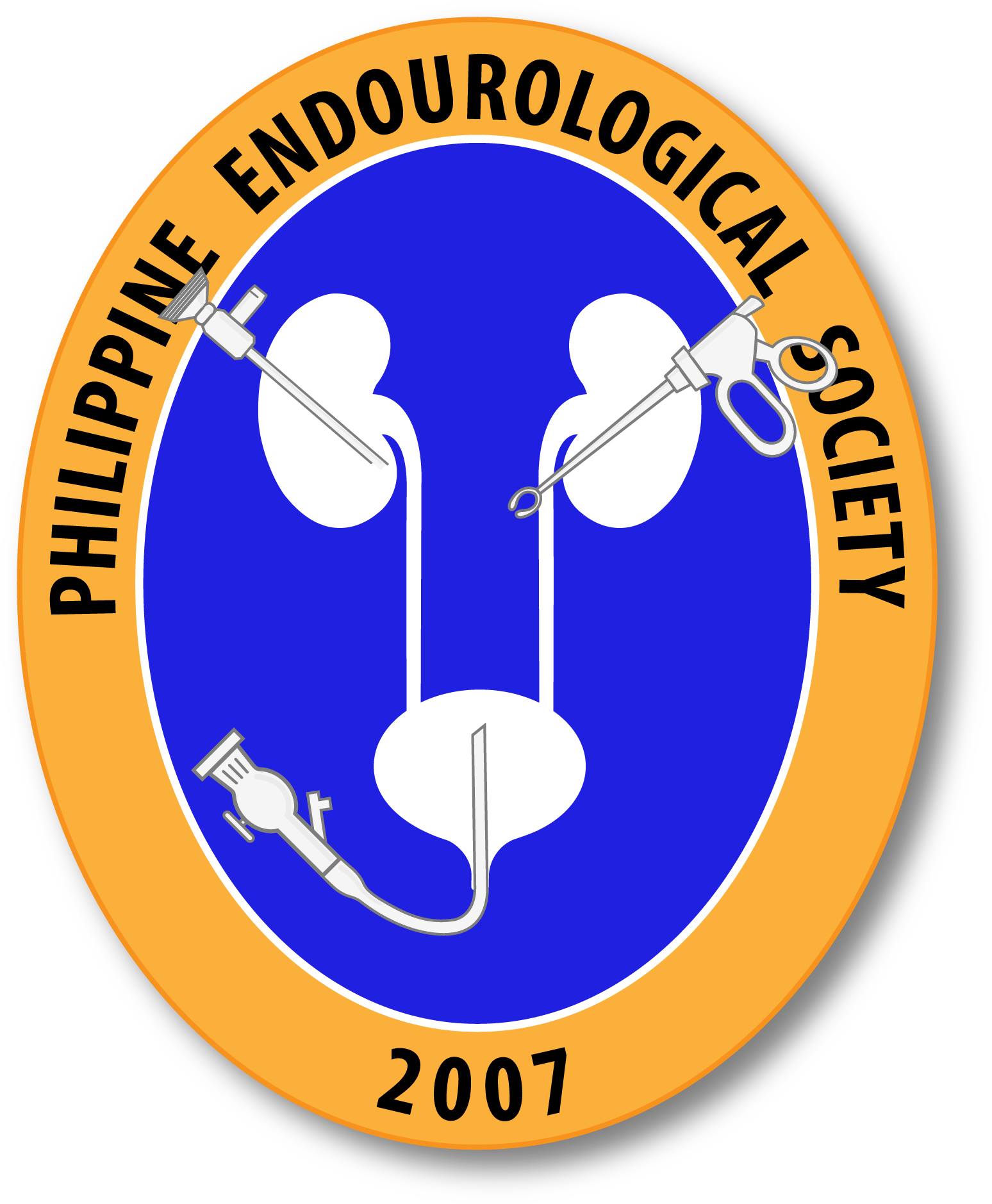International Ovarian & Testicular Stromal Tumor Registry
Condition: Ovarian Stromal Tumor, Testicular Stromal Tumors, Ovarian Small Cell Carcinoma, DICER1 Gene Mutation
Purpose: Rare tumors are understudied, yet have the potential to shed light on vast areas of cancer research. Ovarian sex cord-stromal tumors, rare tumors of childhood and young adulthood, have recently been found to be associated with a lung cancer of early childhood called pleuropulmonary blastoma (PPB). The cause of these ovarian tumors is unknown. DICER1 mutations are seen in the majority of children with PPB. Research shows DICER1 mutations are also seen in some patients with ovarian tumors. Like PPB, ovarian stromal tumors are highly curable when found in early stage; however, later forms of the disease are aggressive and often fatal. The International Ovarian Stromal Tumor Registry collects clinical and biologic data to understand why these tumors occur and how to treat them. Current work involves the study of the role of DICER1 and miRNA expression in ovarian stromal tumors. Understanding the clinical history, predisposing factors and DICER1 and miRNA expression in these ovarian tumors of childhood will lead to targeted screening and risk stratification for evidence-based treatment and biologically rational therapies. These efforts will improve the lives of children by increasing survival and reducing late effects. The specific goals of the International Ovarian and Testicular Stromal Tumor Registry are: 1. to understand risk factors by studying age, pathologic subtype, histopathologic features, tumor invasiveness, degree of differentiation, presence of metastasis 2. to collect information on personal and family history in order to refine the clinical characteristics of patients and families with and without germline DICER1 mutations and other genetic predisposing factors 3. to determine whether there is a pattern of gene expression or DNA alterations that correlate with predisposition to ovarian tumors, biologic behavior and clinical outcome 4. to determine optimal screening regimens 5. to use clinical data obtained through the Registry to refine treatment algorithms 6. to establish a collection of annotated biology specimens (tumor tissue and germline DNA) for future research
Study Type: Observational [Patient Registry]
Clinical Trials Identifier NCT 8-digits: NCT01970696
Sponsor: Children’s Hospitals and Clinics of Minnesota
Primary Outcome Measures:
- Measure: DICER1 mutations in ovarian and testicular stromal tumors
- Time Frame: 3 years
- Safety Issue:
Secondary Outcome Measures:
- Measure: Clinical factors associated with outcome in ovarian and testicular stromal tumors
- Time Frame: 3 years
- Safety Issue:
- Measure: Pathologic and Genetic Correlations
- Time Frame: 3 years
- Safety Issue:
Estimated Enrollment: 200
Study Start Date: December 8, 2011
Notice: Undefined property: stdClass::$phase in /home/urotoday/public_html/administrator/components/com_clinicaltrials/ClinicalTrials/Trial.php on line 192
Phase: Notice: Undefined property: stdClass::$phase in /home/urotoday/public_html/administrator/components/com_clinicaltrials/ClinicalTrials/Trial.php on line 192
Eligibility:
- Age: minimum N/A maximum 100 Years
- Gender: All
Inclusion Criteria:
- Previous or current diagnosis of an ovarian sex cord stromal including but not limited to: Sertoli-Leydig cell tumor, gynandroblastoma, juvenile granulosa cell tumor, Sertoli cell tumor, sex cord stromal tumor with annular tubules or undifferentiated stromal tumor
- Previous or current diagnosis of a testicular stromal tumor including but not limited to: juvenile granulosa cell tumor, Sertoli cell tumor, Leydig cell tumor or undifferentiated stromal tumor
Exclusion Criteria:
- Unable to provide informed consent/assent
Contact:
- Anne Harris, MPH
- 612-813-5861
Location:
- Children’s Minnesota
- Minneapolis Minnesota 55404 United States
View trial on ClinicalTrials.gov
